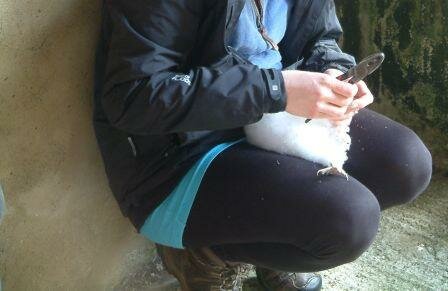This Saturday (16th April) sees the African Bird Club AGM at the Natural History Museum in London. There are half-a-dozen associated talks, and the event is open to members and non-members alike.
Of particular interest to us here in the Cotswolds is a talk on Turtle Doves in their wintering grounds in Senegal by Niki Williamson. Fewer and fewer of these birds visit the UK in summer. They are now scarcely seen in Gloucestershire and no longer breed in the county at all.
And closer to home, don’t forget our own AGM this Weds (13th April) at the Farmers Arms, Guiting Power at 7:30. Our guest speaker is Mike Smart, the county’s previous BTO rep, on ‘The Decline of the Curlew’ – very topical with members of the Society involved in the RSPB Curlew survey at the moment.




















